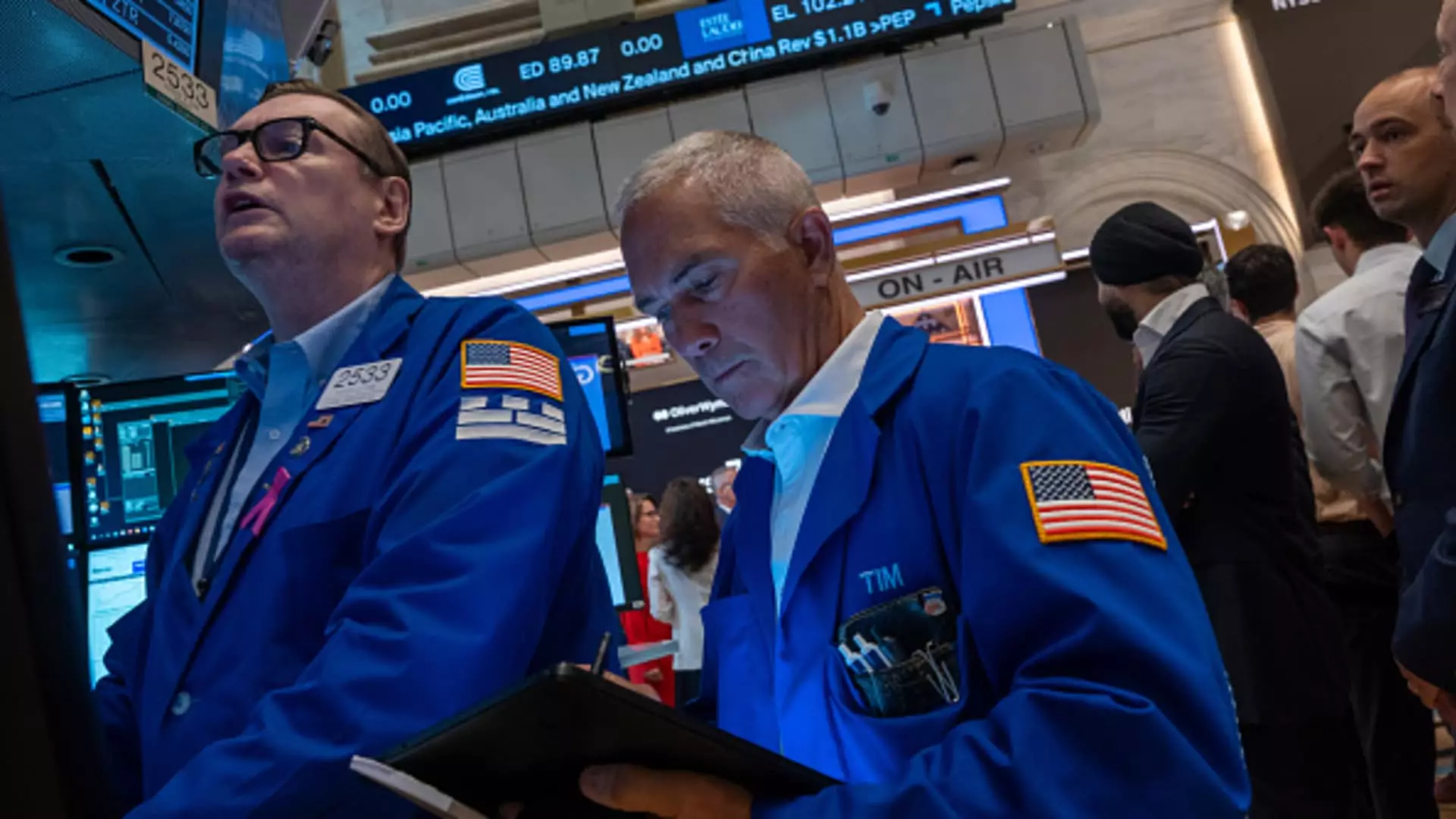Lamb Weston, the Idaho-based supplier of frozen potato and vegetable products, faced a major setback as it emerged as the worst-performing stock in the S & P 500 following disappointing quarterly results. The fully diluted earnings per share plummeted over 70% from the same period the previous year, triggering a massive dip in the stock price. The company’s net sales saw a decline of 5% to $1.612 billion, while diluted EPS dropped by a staggering 74% to 89 cents. This downturn in financial performance was met with a significant decrease in the company’s stock value.
One of the key issues plaguing Lamb Weston is the reliance on acquisitions for reported sales and income from operations, rather than organic growth. While the company reported a 21% increase in net sales and income from operations, this growth was primarily due to acquisitions. The lack of organic growth raises concerns about the sustainability of Lamb Weston’s financial performance and the overall health of the business.
The disappointing quarterly results and the revelation about the company’s growth strategy led to a sharp decline in Lamb Weston’s stock price. The stock fell over 28% in a single day, signaling investor apprehension and lack of confidence in the company’s future prospects. However, this market reaction may present an opportunity for savvy investors looking to capitalize on the stock’s low valuation.
One potential investment strategy highlighted is the call spread risk reversal, which involves selling a downside put to finance the purchase of an upside call spread. This strategy can provide investors with a margin of safety by leveraging the current low valuation of Lamb Weston’s stock. While there are risks associated with this approach, such as the potential need to purchase shares at a lower price, it offers a calculated opportunity for those willing to take the risk.
Despite the short-term challenges faced by Lamb Weston, the company’s long-term prospects in the potato business remain relatively stable. The need for food products, including frozen potatoes and vegetables, is unlikely to diminish drastically in the foreseeable future. While faster-growing industries may offer higher returns, investing in stable, low-valuation businesses like Lamb Weston can provide a cushion against market volatility and overvaluation concerns.
The rise and fall of Lamb Weston’s stock serve as a cautionary tale about the dangers of relying on acquisitions for growth and the importance of sustainable, organic growth. The market’s reaction to the company’s disappointing financial results presents both challenges and opportunities for investors. By carefully evaluating the company’s long-term prospects, financial health, and market dynamics, investors can make informed decisions about whether to capitalize on the current low valuation of Lamb Weston’s stock.

